The Lady Elgin sank after colliding with the lumber schooner Augusta in Lake Michigan in 1860. The shipwreck was the most deadly in all of Great Lakes history.
Though the exact number of victims is unknown, it is estimated there were around 400 people on board, on their way to Milwaukee after a visit to Chicago and there were only about 98 survivor's.
The wreck was discovered in 1989 lying in 50-60 feet of water. The site has been cataloged by the Underwater Archaeological Society of Chicago and listed on the National Register of Historic Places, but treasure hunters have stripped the site of artifacts.
. Long before marine radios, lighthouses were the only means to safely navigate the harbors, many of which were rocky.
Following the sinking of the Lady Elgin, and several shipping disasters near Evanston, Illinois residents successfully lobbied the federal government for a lighthouse.

On March 1st, 1874 the beam of light from the Fresnel lens in the Grosse Point Lighthouse could be seen up to 20 miles over the lake in clear conditions and it served both to warn ships of shallow waters around the point and to guide the way into the Port of Chicago

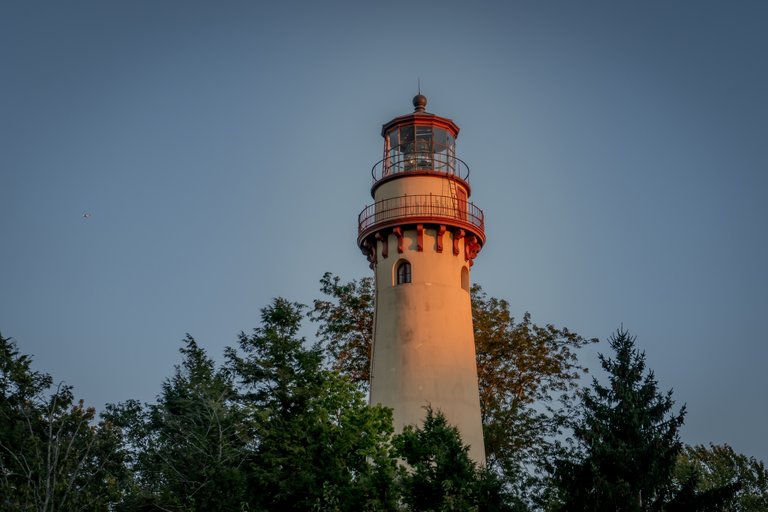
The Great Lakes have been home to 379 lighthouses, 102 of which are found on Lake Michigan
The drive around the Lake is roughly 1100 miles. If you didn't stop at all to see lighthouses it would take you 15 hours.
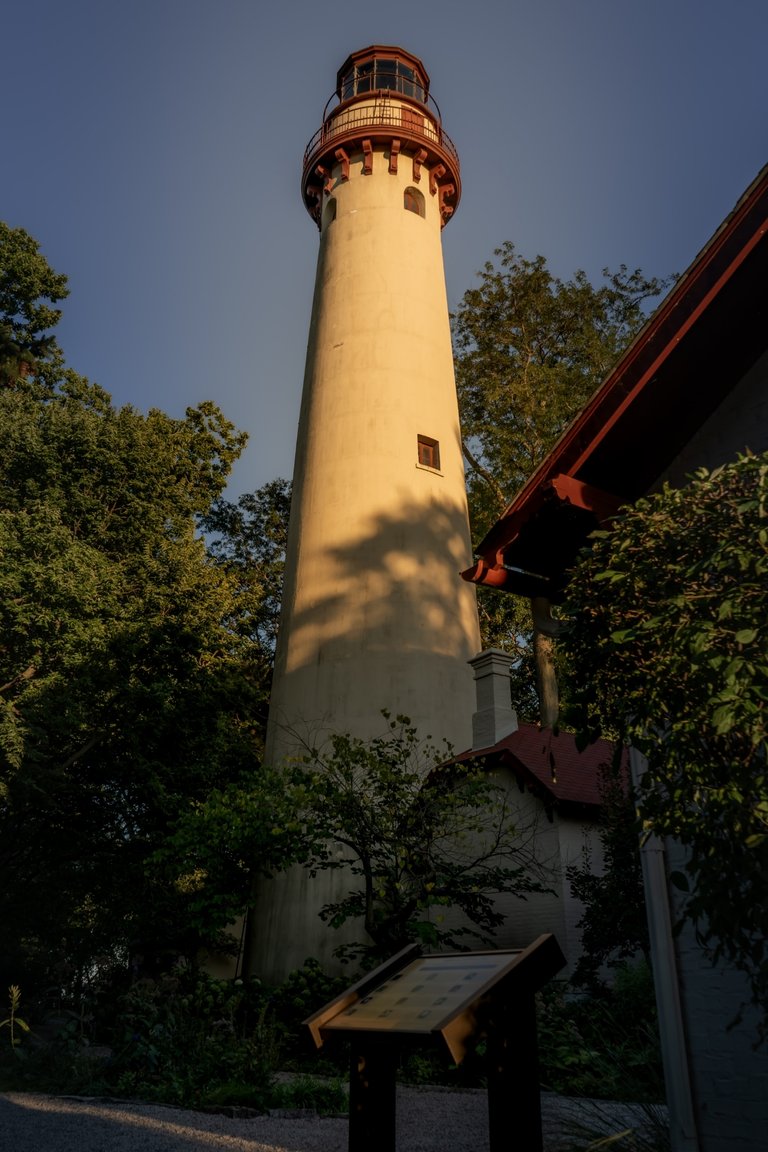
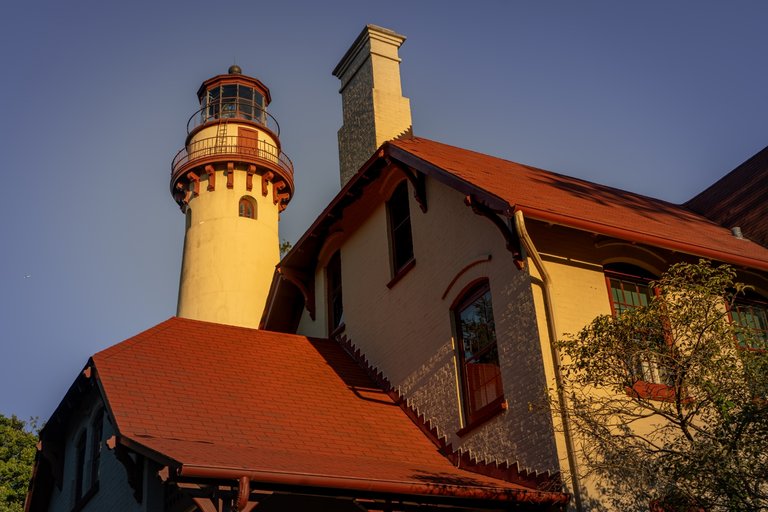
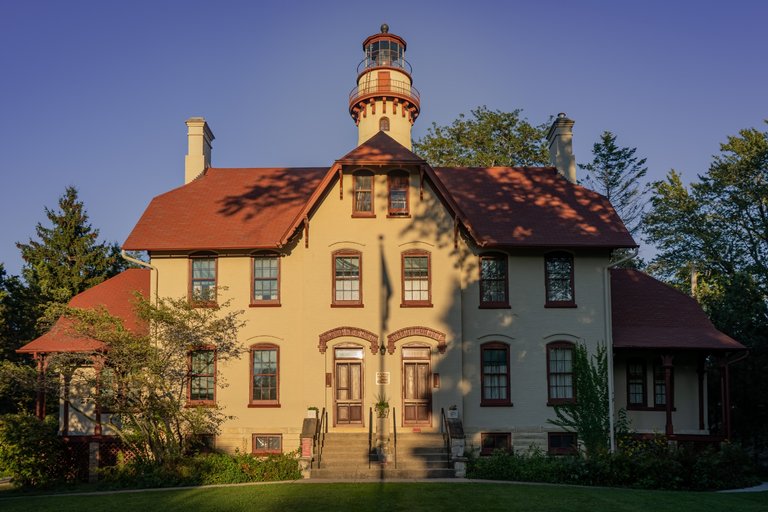
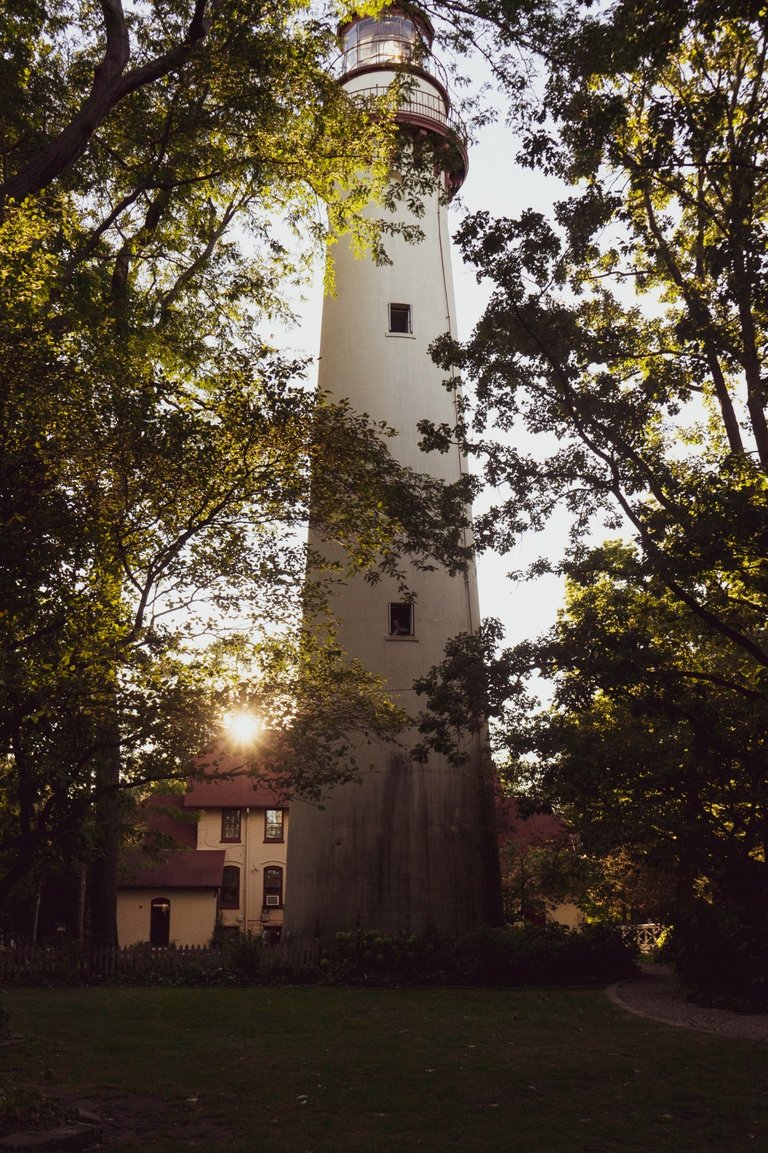
Light House Beach
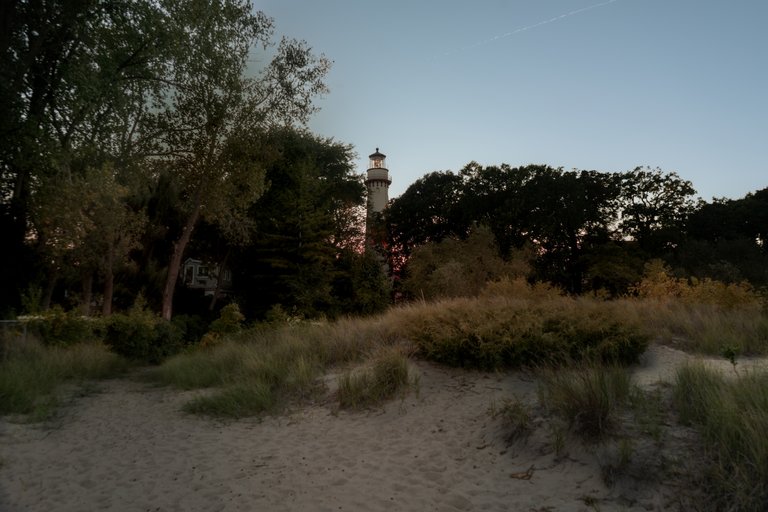
The Harley Clarke Mansion house is adjacent to the historic Grosse Pointe Light and Lighthouse Beach on Lake Michigan is listed on the National Register of Historic Places.







 )
)












